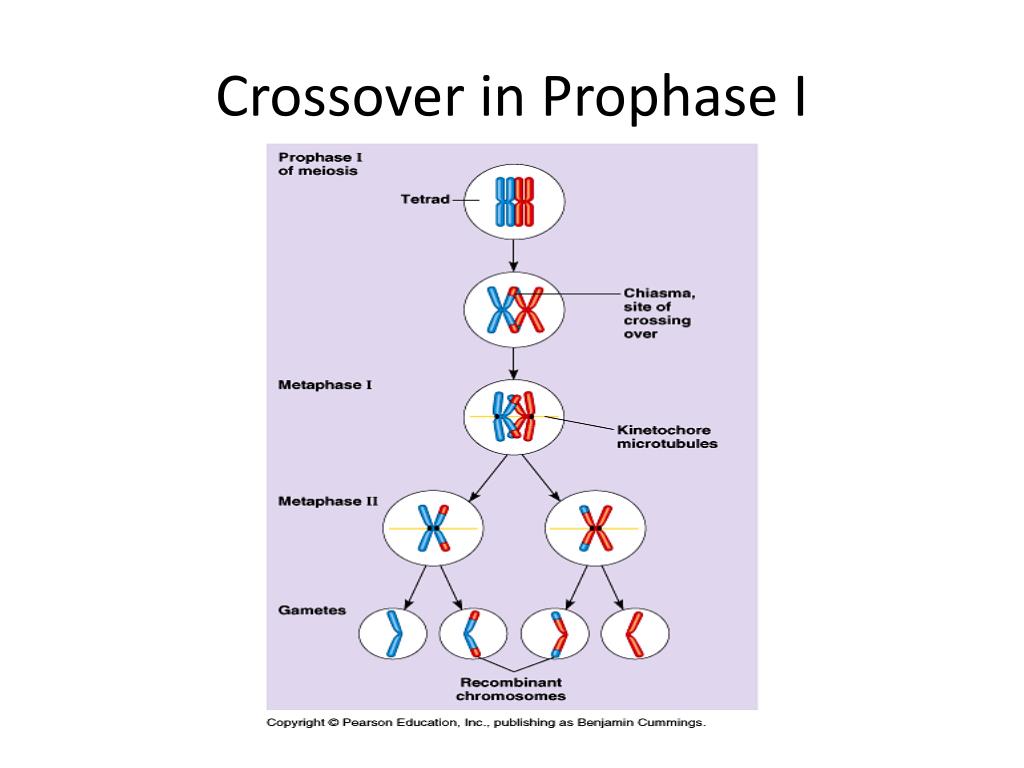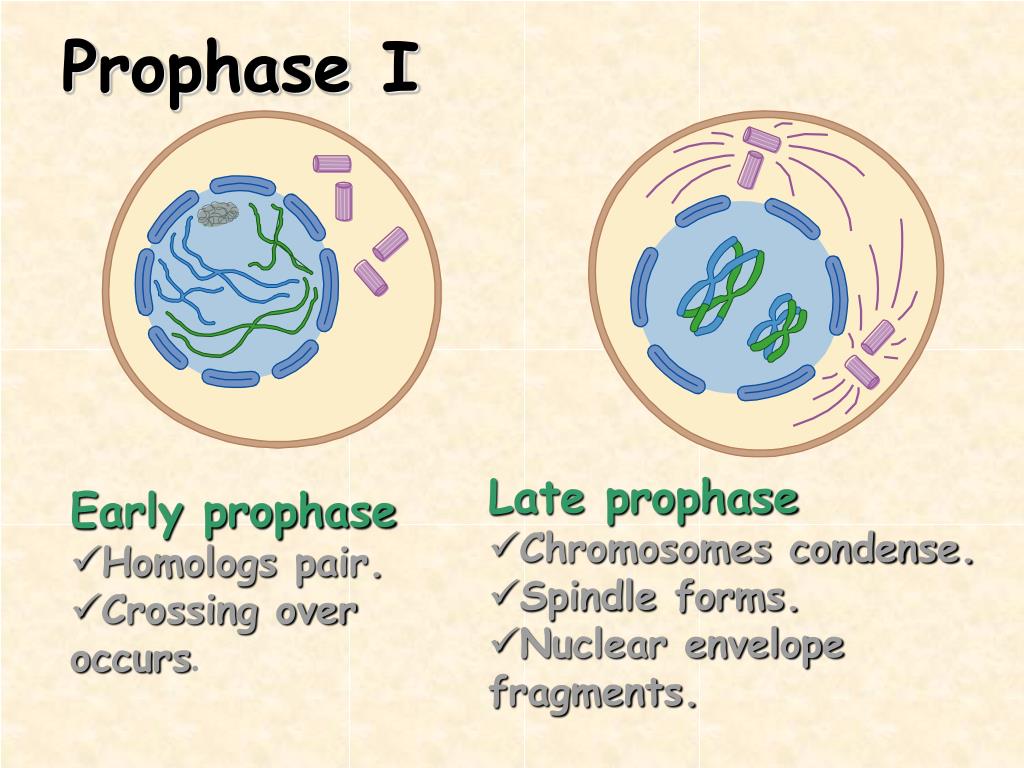

In her report, "The Significance of Responses of the Genome to Challenge", McClintock studied corn to show how corn's genome would change itself to overcome threats to its survival. Working with student Harriet Creighton, McClintock also made significant contributions to the early understanding of codependency of linked genes.Ĭrossing over and DNA repair are very similar processes, which utilize many of the same protein complexes. McClintock used the prophase and metaphase stages of mitosis to describe the morphology of corn's chromosomes, and later showed the first ever cytological demonstration of crossing over in meiosis. She made key findings regarding corn's karyotype, including the size and shape of the chromosomes. In 1931, Barbara McClintock discovered a triploid maize plant. The second theory comes from the idea that meiosis evolved from bacterial transformation, with the function of propagating diversity. The first theory rests upon the idea that meiosis evolved as another method of DNA repair, and thus crossing-over is a novel way to replace possibly damaged sections of DNA. There are two popular and overlapping theories that explain the origins of crossing-over, coming from the different theories on the origin of meiosis.


This finding suggested that chromosomal crossing over is a general characteristic of eukaryotic meiosis. When Hotta et al in 1977 compared meiotic crossing-over ( recombination) in lily and mouse they concluded that diverse eukaryotes share a common pattern. For fixed set of genetic and environmental conditions, recombination in a particular region of a linkage structure ( chromosome) tends to be constant and the same is then true for the crossing-over value which is used in the production of genetic maps. The linked frequency of crossing over between two gene loci ( markers) is the crossing-over value. The physical basis of crossing over was first demonstrated by Harriet Creighton and Barbara McClintock in 1931. Morgan immediately saw the great importance of Janssens' cytological interpretation of chiasmata to the experimental results of his research on the heredity of Drosophila. The term chiasma is linked, if not identical, to chromosomal crossover. He relied on the discovery of Frans Alfons Janssens who described the phenomenon in 1909 and had called it "chiasmatypie". Crossover usually occurs when matching regions on matching chromosomes break and then reconnect to the other chromosome.Ĭrossing over was described, in theory, by Thomas Hunt Morgan. Synapsis begins before the synaptonemal complex develops and is not completed until near the end of prophase I. It is one of the final phases of genetic recombination, which occurs in the pachytene stage of prophase I of meiosis during a process called synapsis. Variation occurs due to meiosis, as crossing over and random orientation of homologous pairs is seen in metaphase I.Chromosomal crossover, or crossing over, is the exchange of genetic material during sexual reproduction between two homologous chromosomes' non-sister chromatids that results in recombinant chromosomes. In humans, the meiosis is seen in the haploid gamete cell.

Breakage, called nicking, is completed by an enzyme endonuclease and reunion, termed annealing, is assisted by an enzyme ligase It takes place by breakage and reunion of chromatid segments. Recombination involves a mutual exchange of the segments of non-sister chromatids between homologous chromosomes. In diakinesis, the chiasma undergoes terminalisation, and both the homologous chromosomes separate. In the leptotene stage chromosomes coil, in the zygotene stage, the chromosomes pair, and a crossing occurs during the pachytene stage between non-sister chromatids of homologous chromosomes.Ĭrossing over is a process where homologous chromosomes pair up with each other and exchange different segments of genetic material (DNA) to form a Recombinant chromosome.ĭiplotene is characterized by the appearance of Chiasma, on the locations at which crossing over has occurred.


 0 kommentar(er)
0 kommentar(er)
